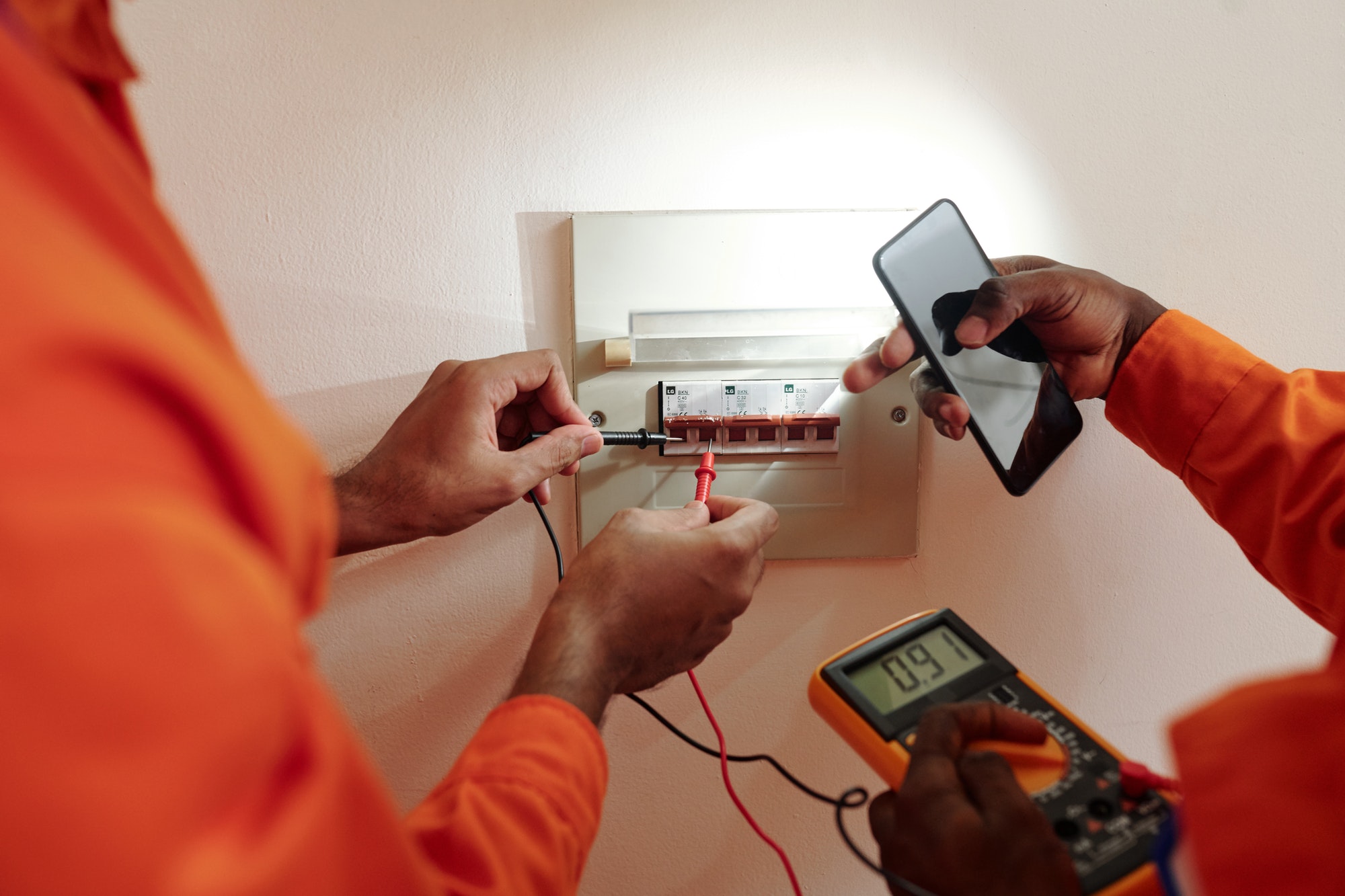Ensuring electrical safety during a factory relocation is paramount to prevent accidents, equipment damage, and operational disruptions. Proper precautions and best practices must be followed to safeguard personnel and equipment throughout the process. Here are key strategies to ensure electrical safety during a factory relocation:
1. Detailed Planning and Risk Assessment
Comprehensive Assessment:
- Conduct a thorough assessment of the electrical systems at both the old and new locations.
- Identify potential hazards and develop a plan to mitigate risks.
Risk Management Plan:
- Develop a detailed risk management plan that includes safety protocols for handling electrical equipment and wiring.
- Ensure all team members are familiar with the plan and their specific roles and responsibilities.
2. Engaging Qualified Professionals
Hiring Certified Electricians:
- Engage certified electricians and electrical engineers to oversee the disconnection, transportation, and reconnection of electrical systems.
- Ensure that all electrical work is performed in accordance with local codes and standards.
Specialized Contractors:
- If necessary, hire specialized contractors for specific tasks such as high-voltage equipment handling or hazardous material management.
3. Proper Equipment Handling
Shutdown Procedures:
- Follow proper shutdown procedures for all electrical equipment before disconnection.
- Ensure that equipment is powered down and disconnected from the power source safely.
Labeling and Documentation:
- Clearly label all electrical equipment and wiring to avoid confusion during reinstallation.
- Document the disconnection process with photos and notes to facilitate accurate reassembly.
4. Safe Transportation
Protective Packaging:
- Use appropriate protective packaging materials for electrical equipment to prevent damage during transit.
- Secure equipment firmly to avoid movement and potential impact during transportation.
Handling Precautions:
- Ensure that equipment is handled with care, using appropriate lifting and transportation equipment.
- Avoid exposing electrical equipment to moisture, dust, or extreme temperatures during the move.
5. Site Preparation
Electrical Infrastructure Assessment:
- Assess the electrical infrastructure at the new site to ensure it meets the requirements of the relocated equipment.
- Verify that the new site has adequate power supply, grounding, and surge protection.
Upgrades and Modifications:
- Make any necessary upgrades or modifications to the electrical infrastructure before the relocation.
- Ensure that all electrical systems at the new site comply with current safety standards.
6. Reinstallation and Testing
Professional Reinstallation:
- Have certified electricians handle the reinstallation and reconnection of electrical equipment.
- Follow manufacturer guidelines and industry best practices during the reinstallation process.
Comprehensive Testing:
- Conduct thorough testing of all electrical systems and equipment before resuming operations.
- Perform insulation resistance tests, continuity tests, and functional tests to ensure everything is operating correctly.
7. Training and Safety Protocols
Employee Training:
- Train employees on electrical safety protocols and emergency procedures.
- Ensure that personnel handling electrical equipment are familiar with lockout/tagout (LOTO) procedures to prevent accidental energization.
Safety Gear and Equipment:
- Provide appropriate personal protective equipment (PPE) such as insulated gloves, safety glasses, and arc flash suits to employees working with electrical systems.
- Ensure that safety gear is regularly inspected and maintained.
8. Emergency Preparedness
Emergency Response Plan:
- Develop an emergency response plan specific to electrical incidents, including procedures for fire, electric shock, and equipment failure.
- Conduct regular drills to ensure that all personnel are prepared to respond effectively in an emergency.
First Aid and Medical Support:
- Ensure that first aid kits and medical support are readily available on-site.
- Train employees in basic first aid and CPR, particularly for electrical injuries.
9. Compliance and Documentation
Regulatory Compliance:
- Ensure compliance with all relevant local, state, and federal electrical safety regulations.
- Keep records of all electrical inspections, tests, and maintenance activities.
Documentation and Reporting:
- Document all stages of the relocation process, including disconnection, transportation, reinstallation, and testing.
- Maintain detailed records of any incidents or near-misses and use this information to improve safety protocols.
Conclusion
Ensuring electrical safety during a factory relocation requires meticulous planning, the involvement of qualified professionals, and strict adherence to safety protocols. By conducting thorough risk assessments, engaging certified electricians, handling equipment properly, preparing the new site adequately, and training employees on safety procedures, businesses can significantly reduce the risks associated with electrical systems during the move. Following these precautions and best practices will help ensure a safe and successful factory relocation.






